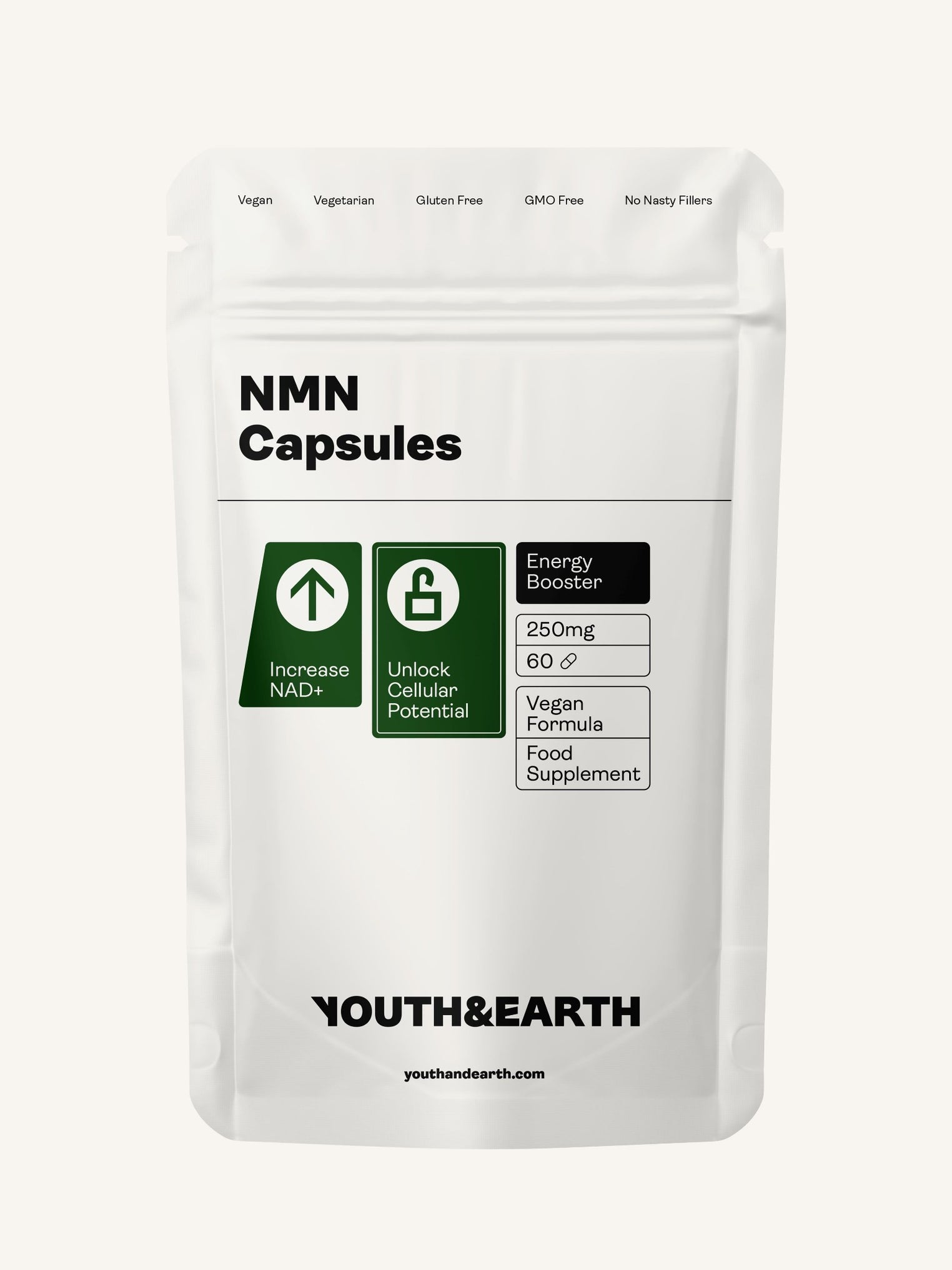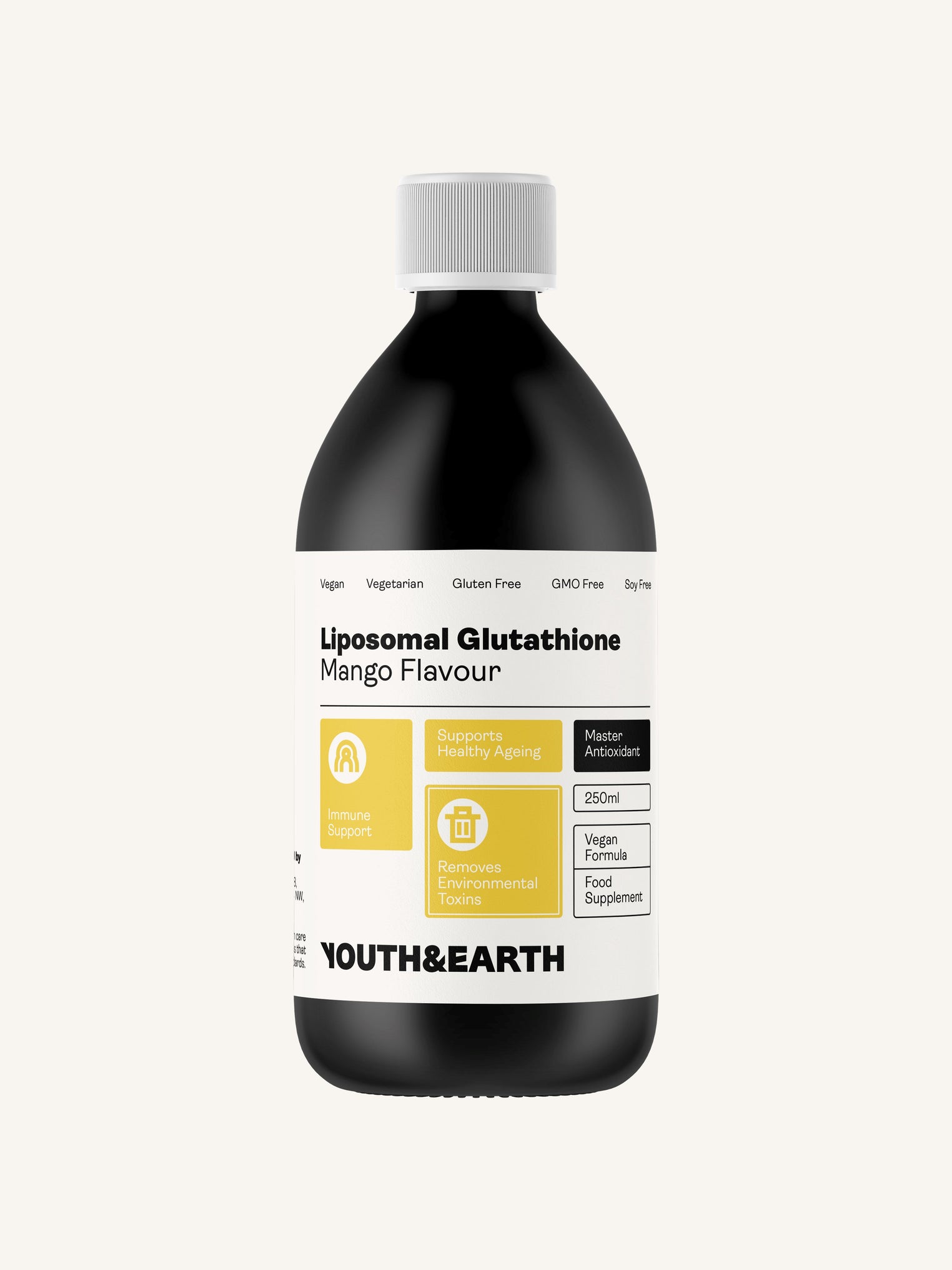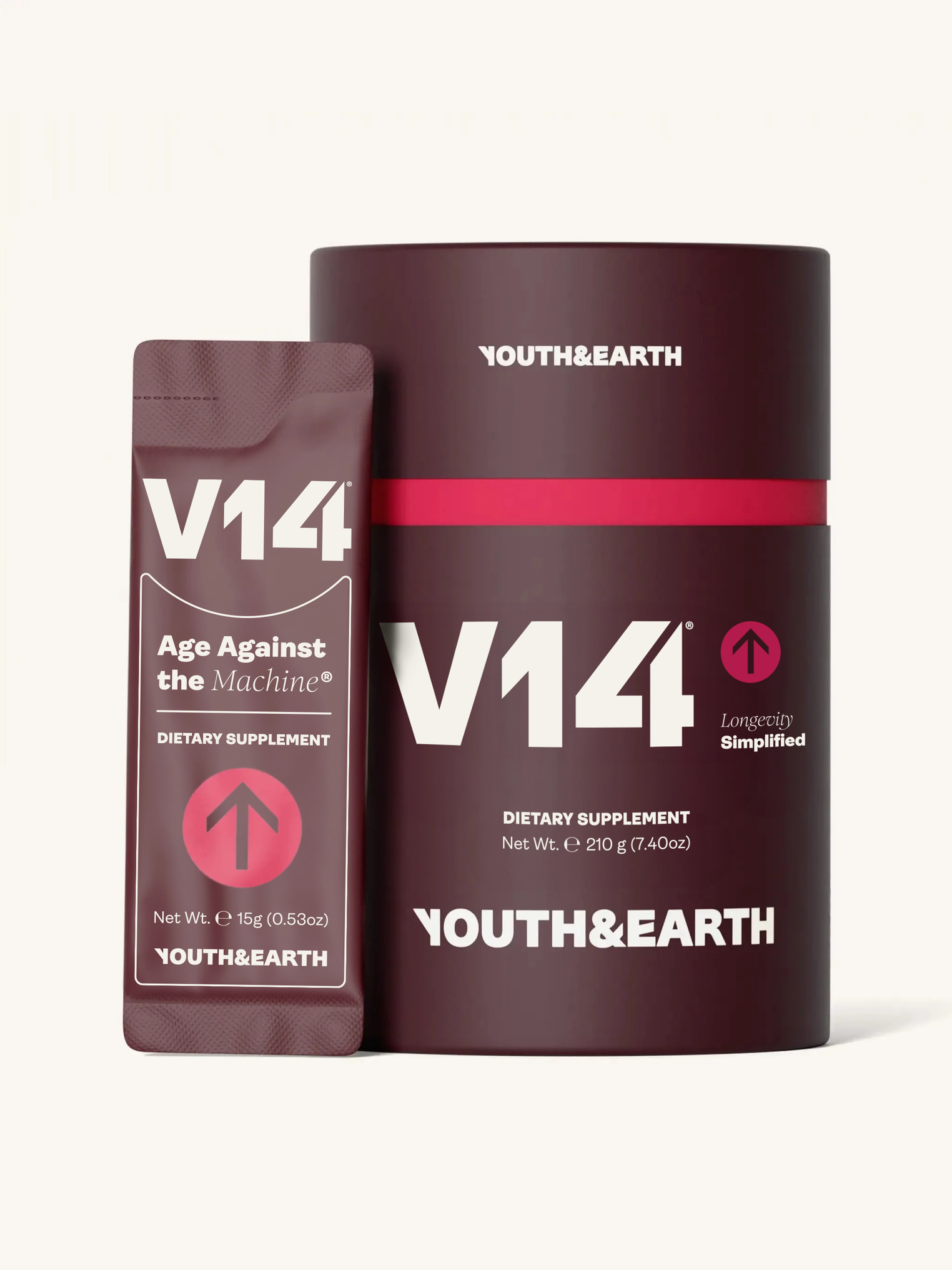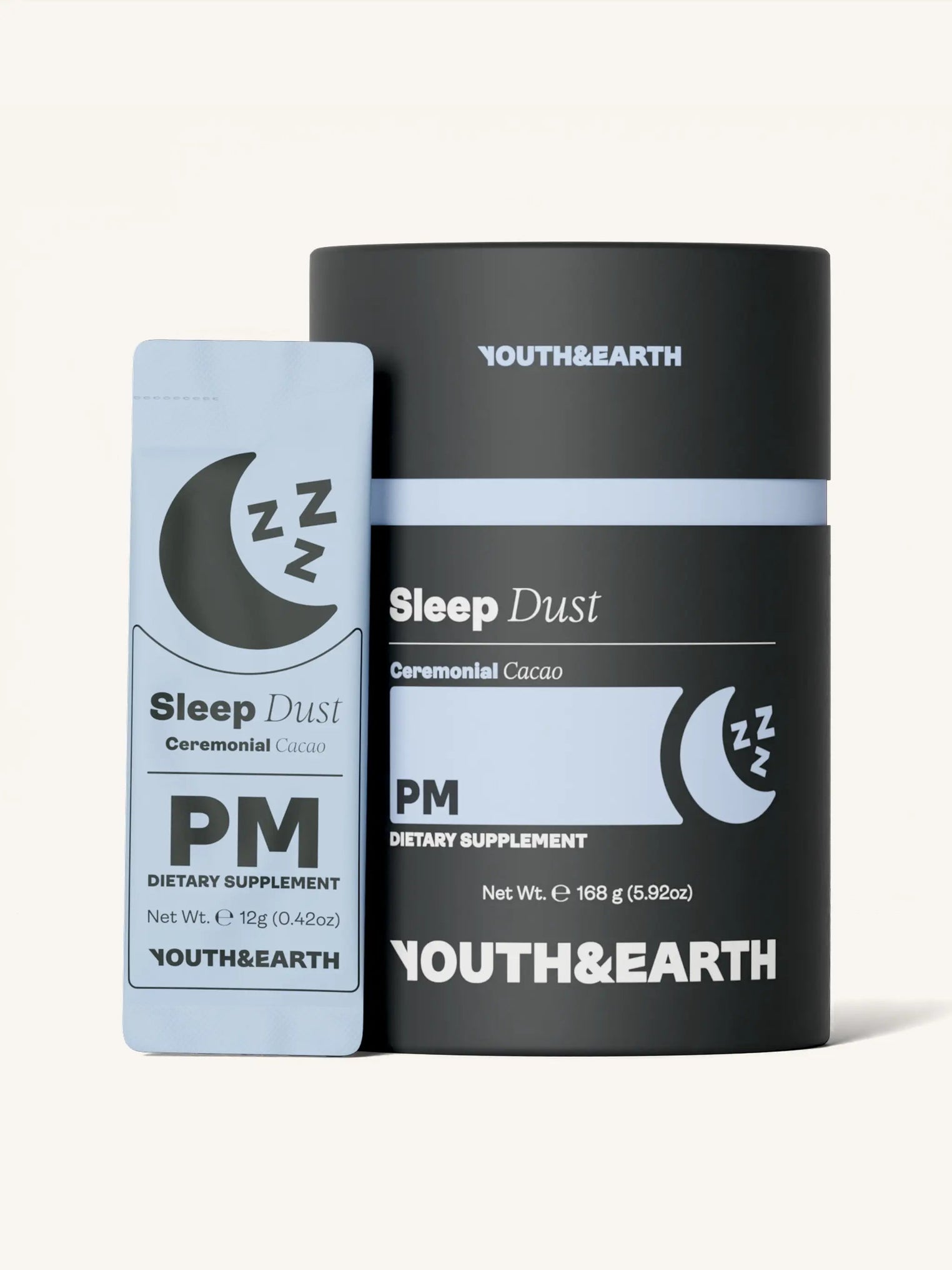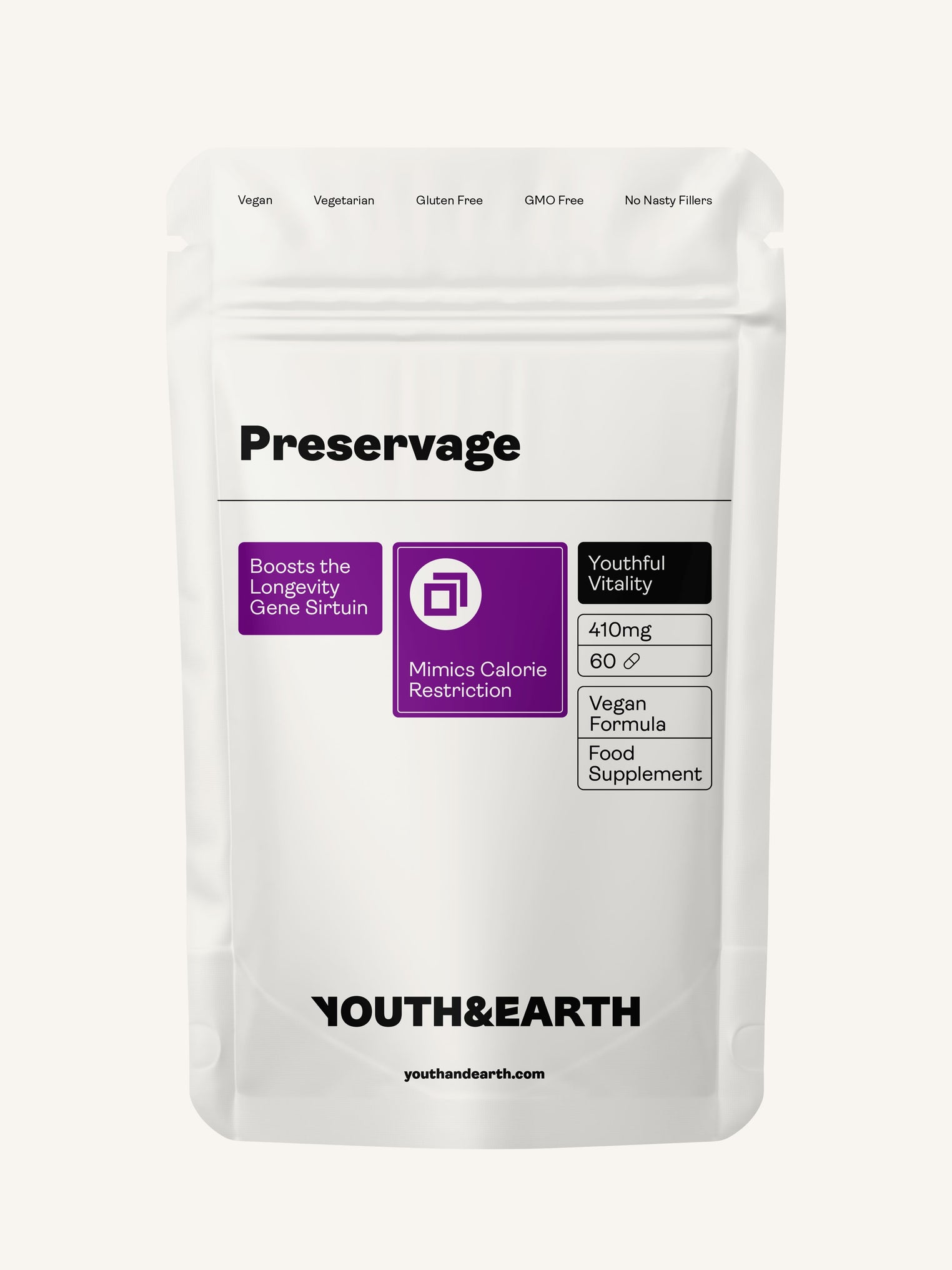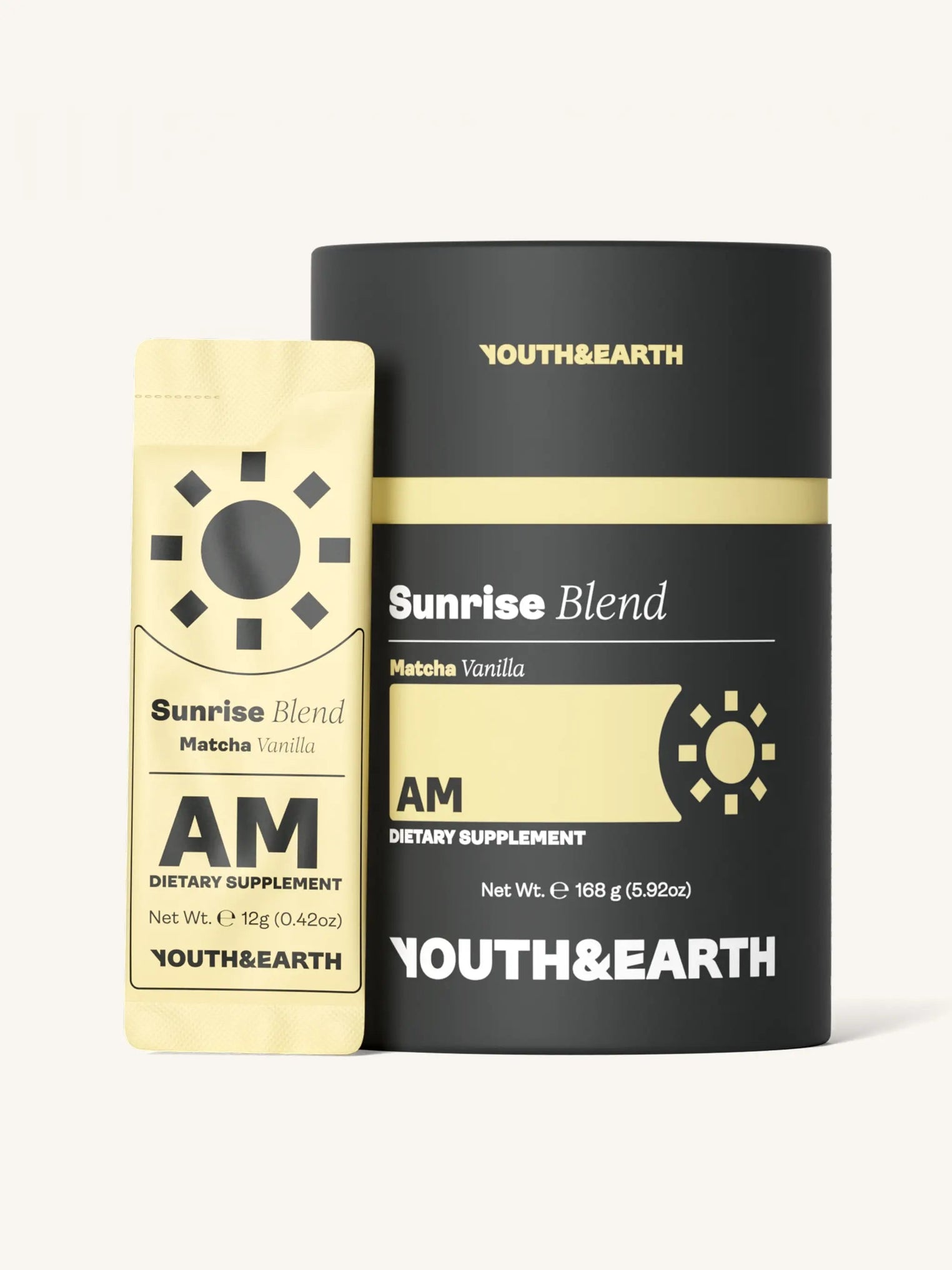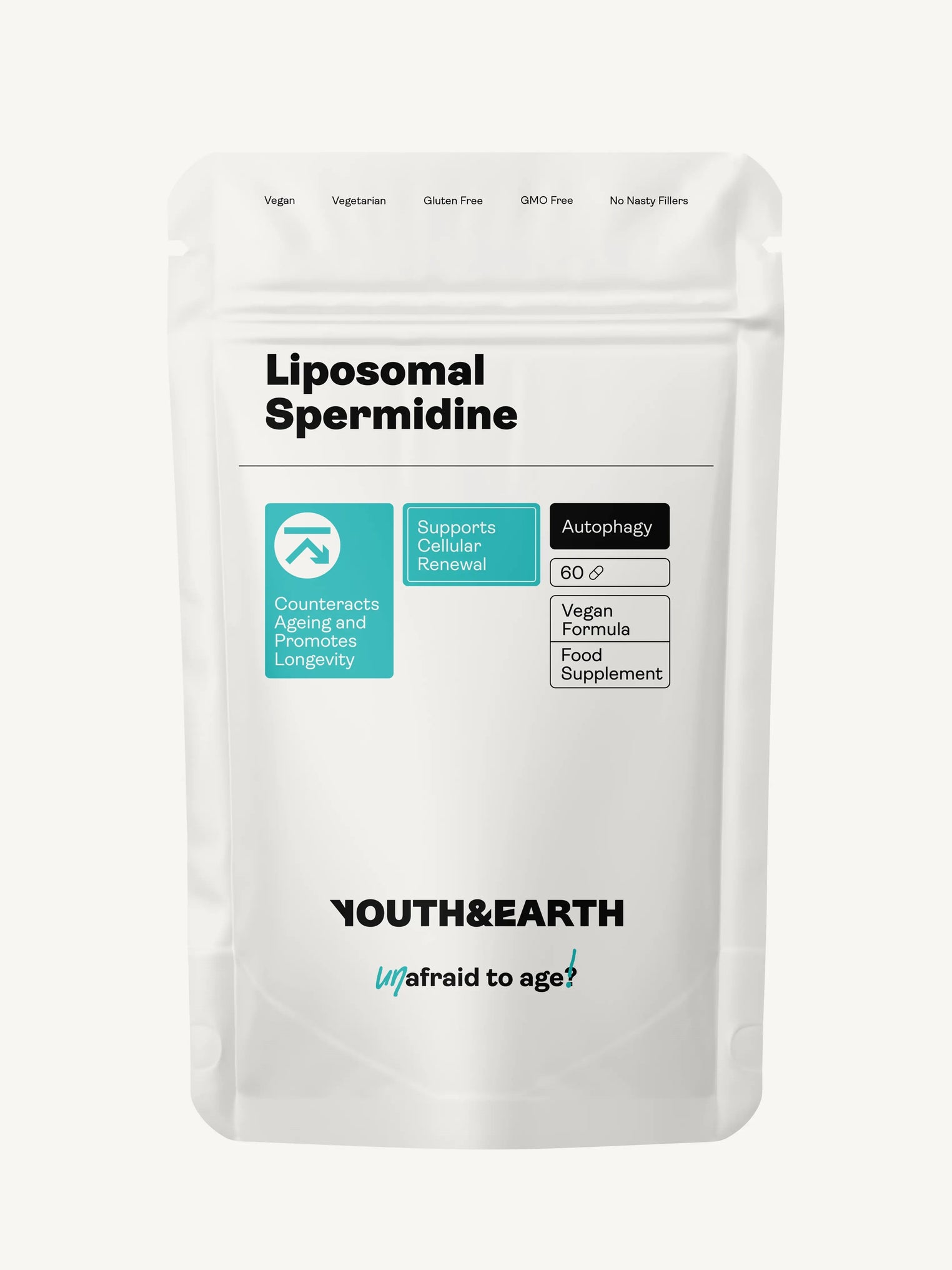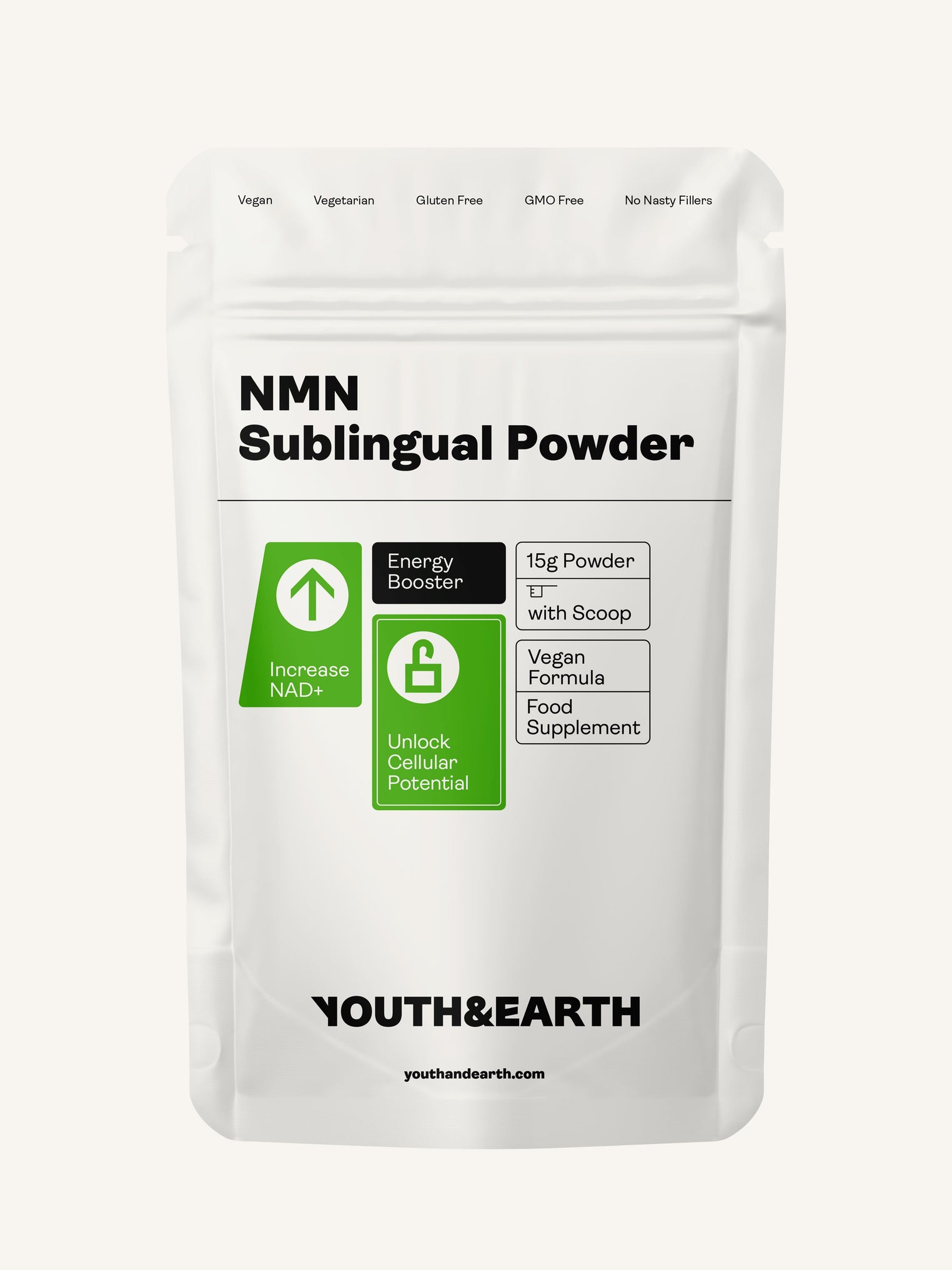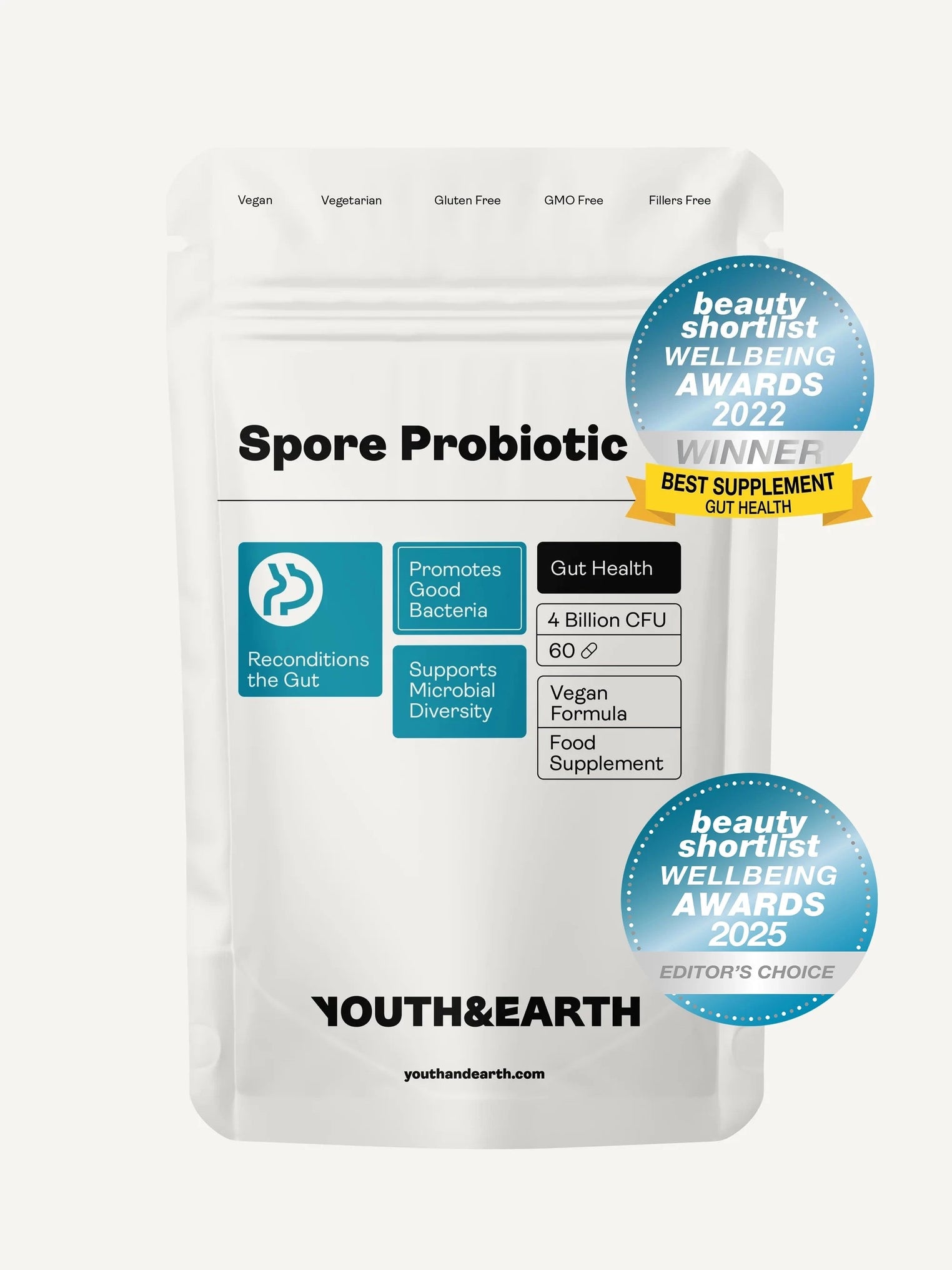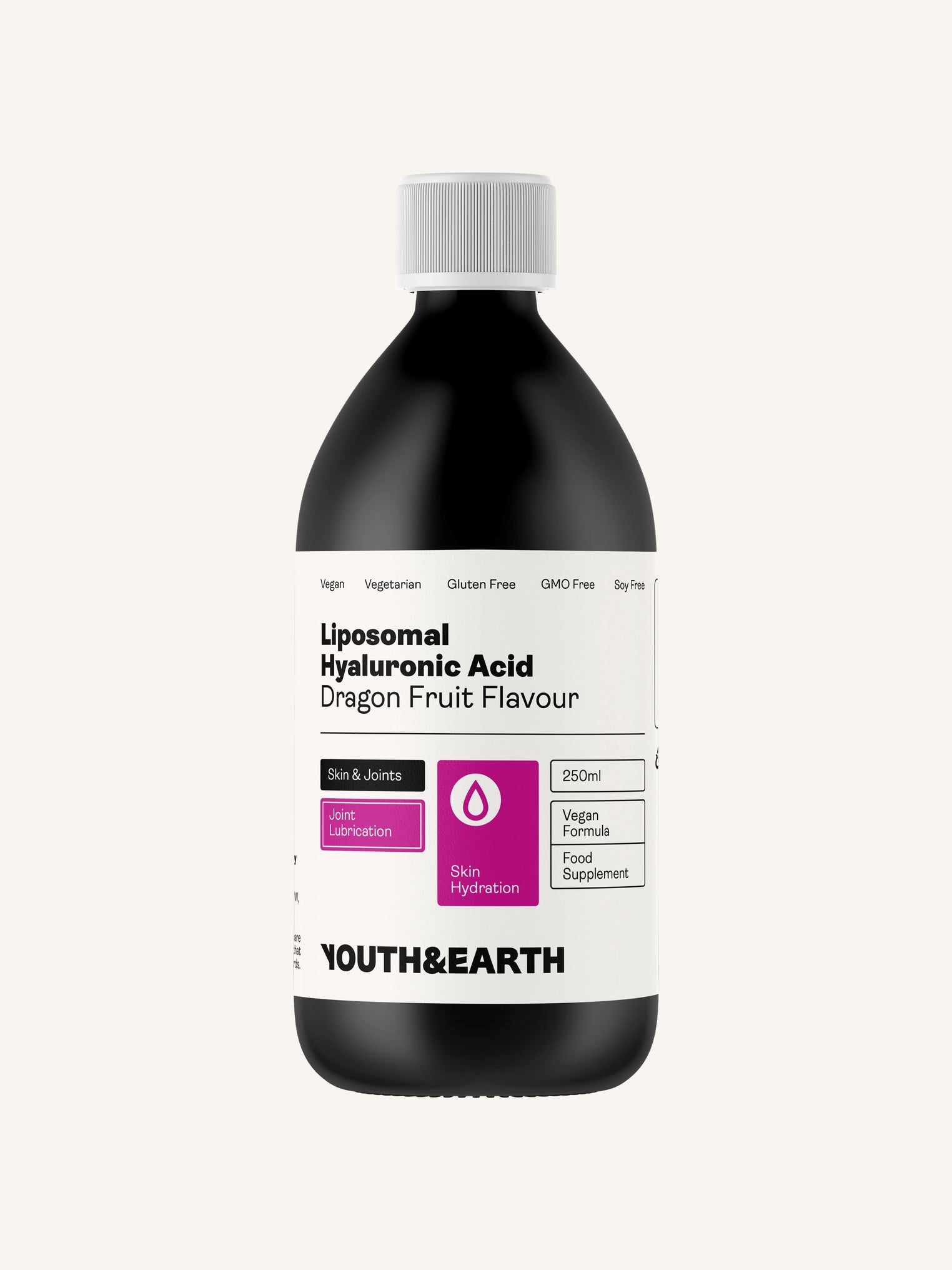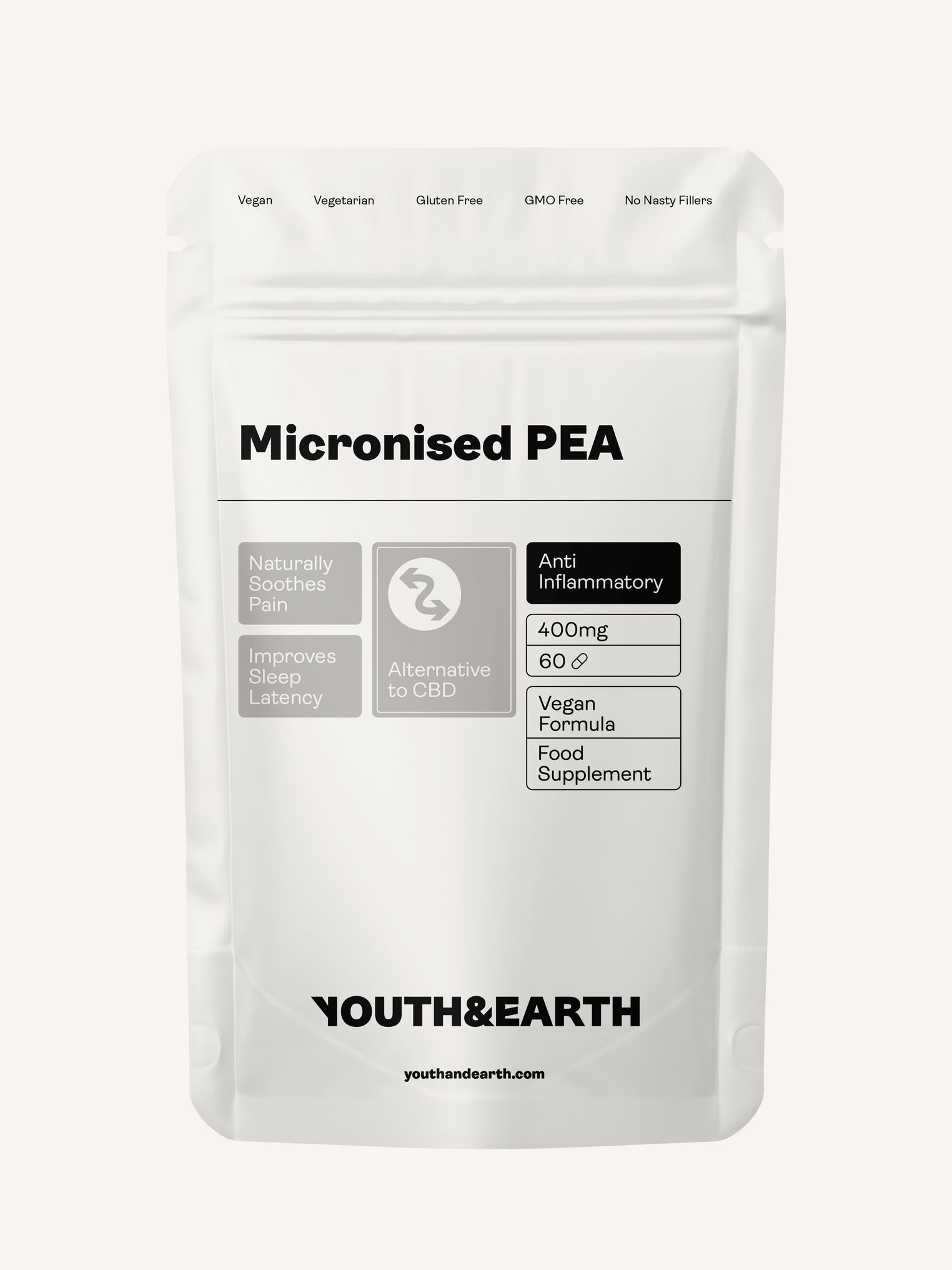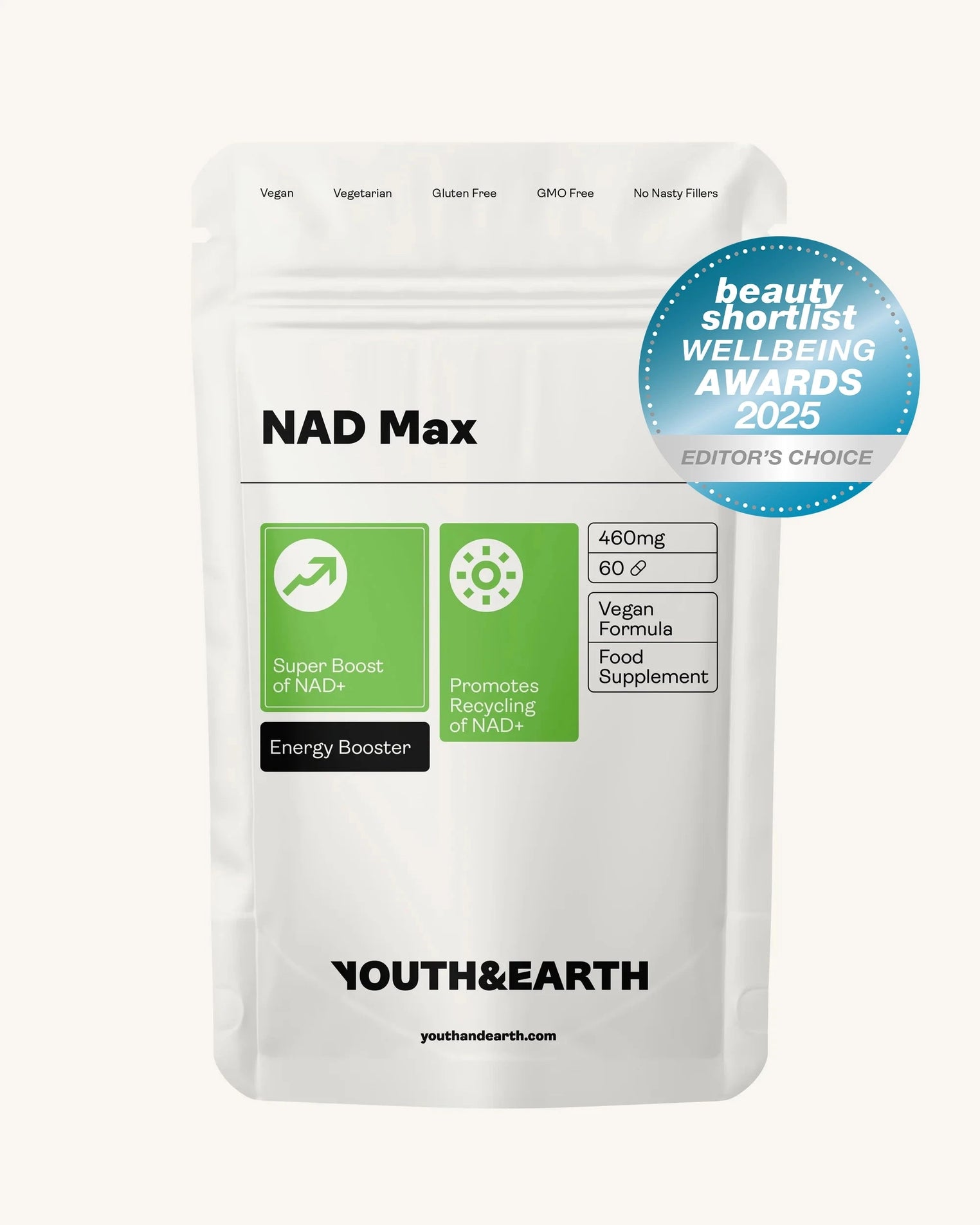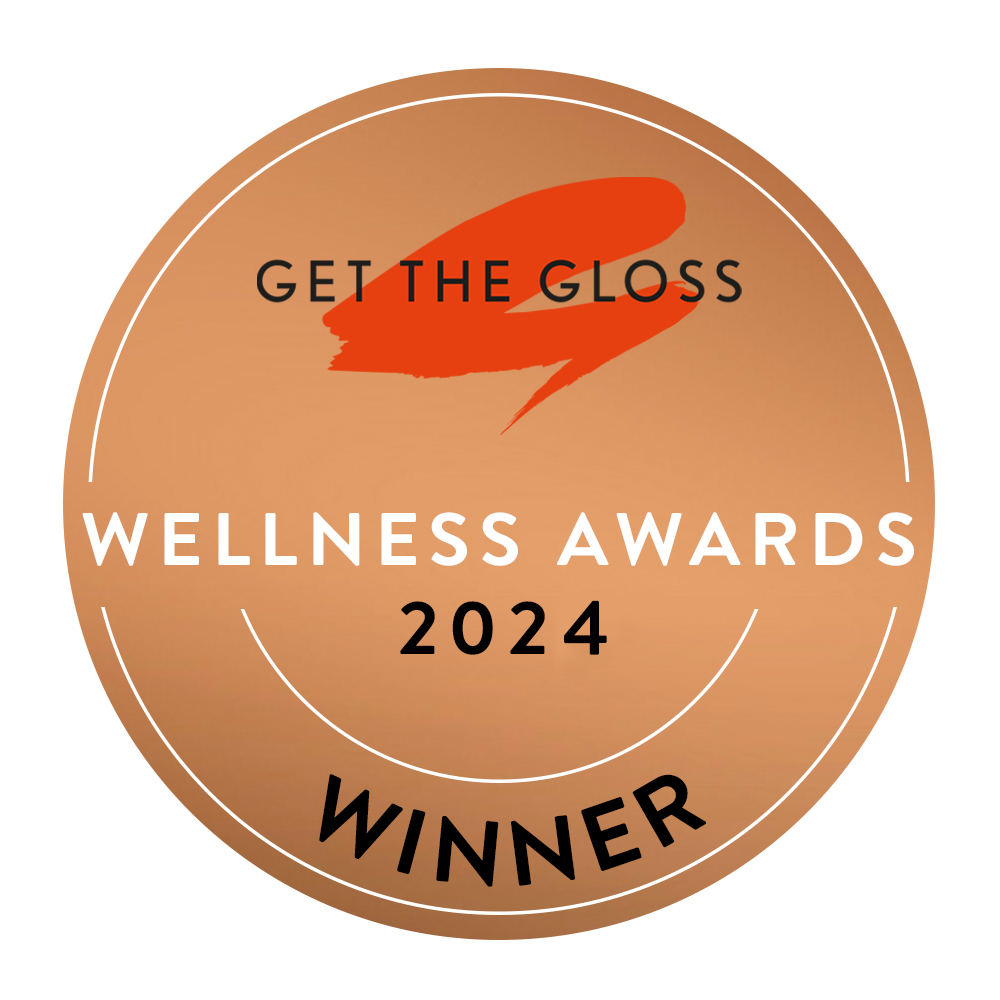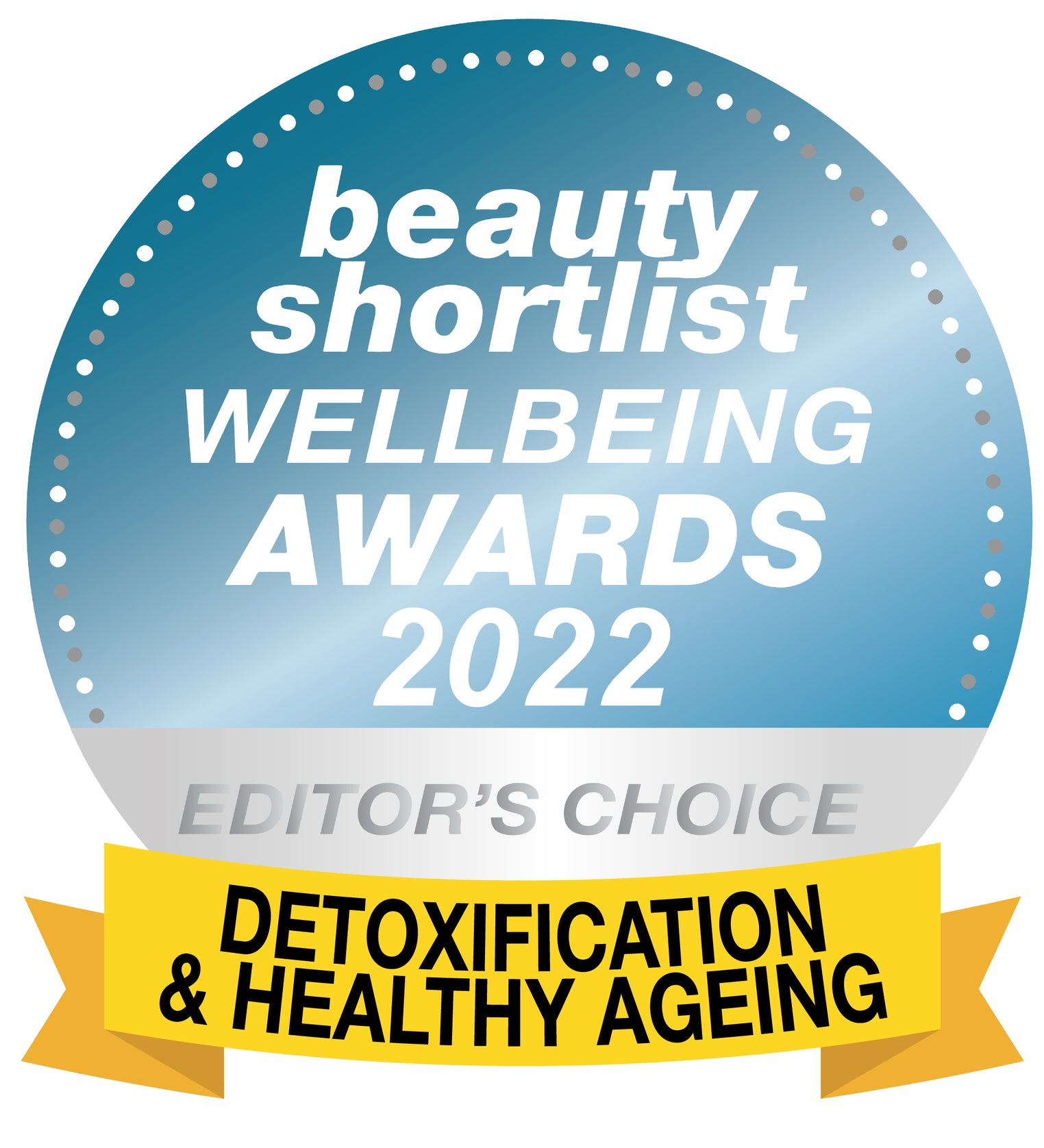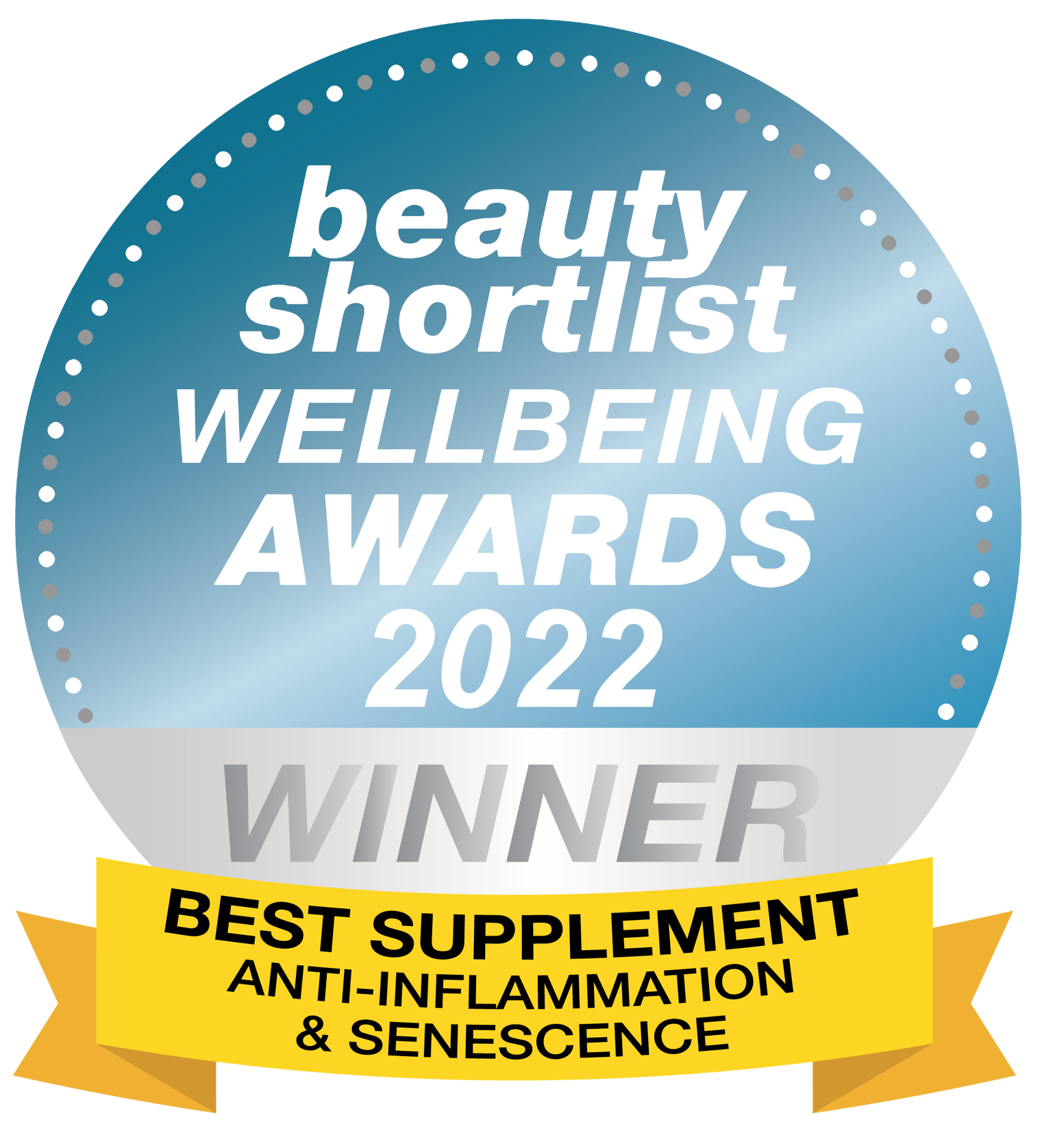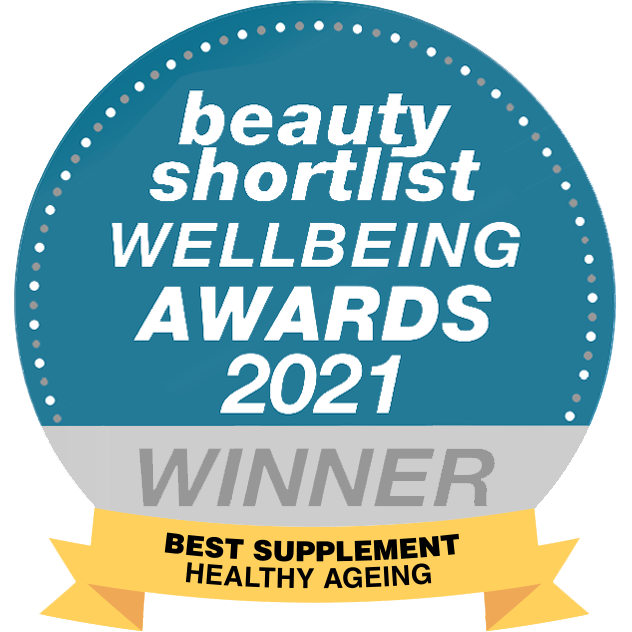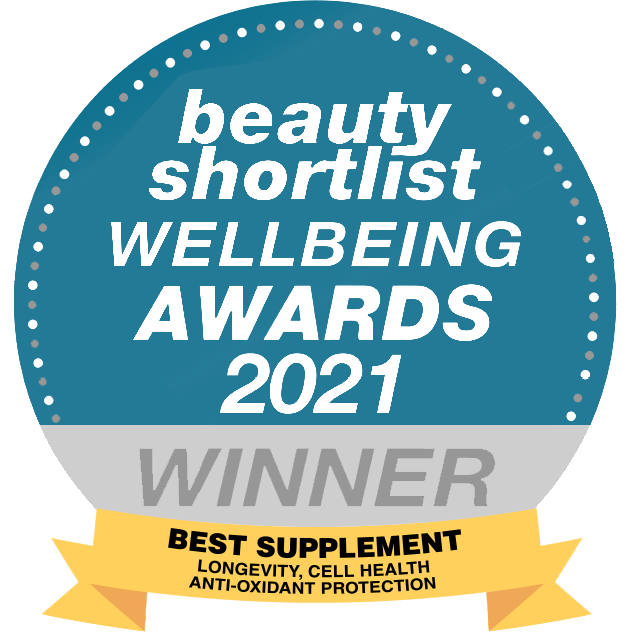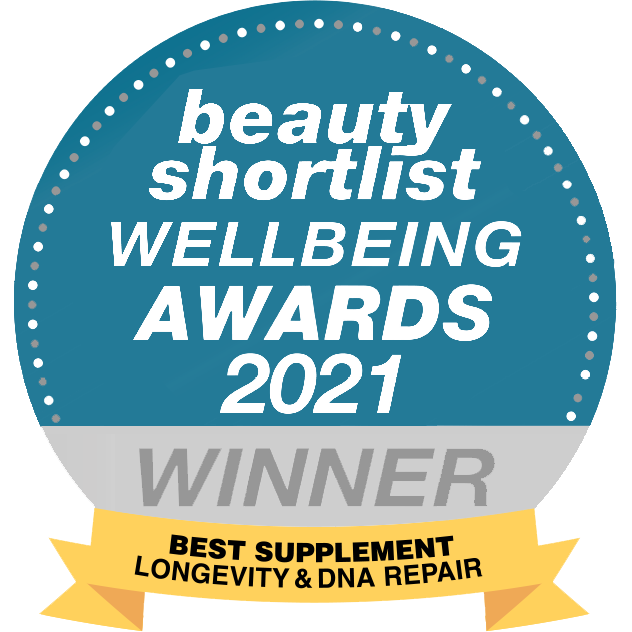Can Biohacking with Rapamycin Extend Your Healthspan?
Ever wondered if a single molecule could enhance your vitality and slow aging? Rapamycin, a promising longevity drug, is gaining attention in biohacking circles for its potential to improve physical stamina, skin health, and cognitive clarity. Personal experiences from users highlight how this “longevity molecule” supports anti-aging goals in everyday life. This article explores real-world testimonials, backed by science, to reveal how Rapamycin can be a powerful tool for biohackers seeking a longer, healthier life.
TL;DR: Rapamycin’s Role in Biohacking Longevity
Rapamycin, originally an immunosuppressant, is a biohacking favorite for its anti-aging potential. At low, intermittent doses, it may enhance physical stamina, skin quality, cognitive function, and immune health while reducing inflammation. Personal experiences from users aged 48–65 report improved endurance, smoother skin, sharper minds, and less joint pain. Supported by research on mTOR inhibition, Rapamycin promotes cellular repair and longevity. This article details these benefits, safety tips, and biohacking strategies to optimize Rapamycin’s effects.
Table of Contents
-
What Is Rapamycin and Why Is It a Biohacking Tool?
-
Science Snapshot: Rapamycin’s Anti-Aging Mechanisms
-
How Does Rapamycin Support Longevity Through Biohacking?
-
Personal Experiences with Rapamycin for Anti-Aging
-
How Can You Safely Biohack with Rapamycin?
-
Conclusion: Biohacking Longevity with Rapamycin
-
FAQ: Rapamycin and Anti-Aging
-
Glossary of Terms
-
About the Author and Review
What Is Rapamycin and Why Is It a Biohacking Tool?
Rapamycin (sirolimus) is a compound discovered in soil bacteria on Easter Island, initially used as an immunosuppressant for organ transplants. In biohacking, low-dose Rapamycin is prized for its ability to inhibit mTOR (mechanistic Target of Rapamycin), a protein that regulates cell growth and aging. By modulating mTOR, Rapamycin promotes autophagy—cellular cleanup that removes damaged components, a key anti-aging mechanism.
Why It Matters: Aging increases mTOR activity, accelerating cellular damage. Biohackers use Rapamycin to slow this process, enhancing healthspan and vitality. Personal experiences complement clinical data, showing real-world benefits like improved stamina and skin health. Explore how Rapamycin supports longevity.
Science Snapshot: Rapamycin’s Anti-Aging Mechanisms
Rapamycin’s longevity benefits are rooted in its biological effects:
-
Inhibits mTOR Pathway: Reduces excessive cell growth, promoting cellular repair and longevity.
-
Promotes Autophagy: Clears damaged cellular components, supporting anti-aging (Nature Reviews Molecular Cell Biology, 2019).
-
Reduces Inflammation: Lowers chronic inflammation, linked to age-related diseases (Aging Cell, 2020).
-
Enhances Mitochondrial Function: Improves energy production, countering age-related fatigue.
-
Boosts Immune Function: Low doses strengthen immunity in older adults (Science Translational Medicine, 2014).
Key Research: A 2014 study in Science Translational Medicine found low-dose Rapamycin improved immune response in elderly subjects. A 2020 Aging Cell study showed Rapamycin reduced inflammation and extended lifespan in mice, suggesting human potential.
How Does Rapamycin Support Longevity Through Biohacking?
Rapamycin’s anti-aging effects make it a cornerstone of biohacking. By inhibiting mTOR, it shifts the body from growth to repair mode, enhancing cellular health. This reduces oxidative stress, slows tissue degradation, and supports vitality, making it ideal for biohackers targeting longevity.
How It Works:
-
Cellular Repair: Promotes autophagy, clearing damaged cells to maintain youthful function.
-
Inflammation Reduction: Lowers systemic inflammation, protecting against diseases like arthritis and Alzheimer’s.
-
Energy Optimization: Enhances mitochondrial efficiency, boosting stamina and mental clarity.
-
Immune Modulation: Strengthens immunity at low doses, reducing infection risks in older adults.
Biohacking Tip: Pair Rapamycin with intermittent fasting to amplify autophagy and anti-aging effects. Learn more about biohacking NAD+ benefits for synergy.
Personal Experiences with Rapamycin for Anti-Aging
Personal testimonials highlight Rapamycin’s real-world impact on longevity and healthspan. Users aged 48–65 report benefits across physical, cognitive, and aesthetic domains, aligning with its anti-aging mechanisms.
-
Improved Physical Stamina:
Experience: “After starting 5 mg Rapamycin weekly, my endurance during workouts significantly improved. I run longer without exhaustion, and recovery is faster—like I’m a decade younger.” —David, 55.
Why It Works: Rapamycin enhances mitochondrial function, boosting energy and muscle recovery (Aging Cell, 2020). -
Enhanced Skin Quality:
Experience: “Three months on 6 mg weekly Rapamycin, and my skin looks smoother. Fine lines faded, and it feels more elastic.” —Karen, 60.
Why It Works: Rapamycin reduces inflammation and promotes collagen repair, improving skin elasticity. -
Cognitive Clarity:
Experience: “At 4 mg weekly, my mind feels sharper. I focus longer without afternoon brain fog.” —James, 48.
Why It Works: Rapamycin reduces brain inflammation, supporting cognitive health (Nature Reviews Neurology, 2018). -
Hair Growth and Repigmentation:
Experience: “Six months on 5 mg weekly Rapamycin, my hair is thicker, and some grey hairs are darkening.” —Lisa, 52.
Why It Works: Rapamycin may support follicular health via autophagy, though mechanisms are under study. -
Reduced Joint Pain:
Experience: “On 3 mg weekly Rapamycin, my chronic knee pain eased within two months. Stairs are no longer an issue.” —Michael, 65.
Why It Works: Rapamycin’s anti-inflammatory effects alleviate joint stress (Arthritis Research & Therapy, 2019). -
Improved Immune Function:
Experience: “After months on 4 mg weekly Rapamycin, I stopped getting seasonal colds.” —Rachel, 62.
Why It Works: Low-dose Rapamycin enhances immune response in older adults (Science Translational Medicine, 2014).
Use Case Example: A biohacker’s Rapamycin routine might include 4–6 mg weekly, paired with fasting and strength training to maximize stamina and recovery.
How Can You Safely Biohack with Rapamycin?
Rapamycin is a powerful compound requiring careful use. Biohackers can optimize its benefits while minimizing risks with these strategies:
Safety Checklist:
-
Start with 2–3 mg weekly, increasing gradually under medical supervision.
-
Monitor lipids, glucose, and liver function with regular blood tests.
-
Consult a longevity-focused healthcare provider before starting.
-
Track changes in stamina, skin, or cognition in a journal.
-
Allow 3–6 months for benefits to emerge.
-
Report side effects (e.g., mouth sores, fatigue) to your doctor immediately.
Pros/Cons Table:
|
Aspect |
Pros |
Cons |
|---|---|---|
|
Rapamycin |
Enhances stamina, skin, cognition |
Requires medical oversight |
|
Low-Dose Use |
Boosts immunity, reduces inflammation |
Potential side effects (e.g., mouth sores) |
Disclaimer: Rapamycin is a prescription drug. Consult a healthcare provider to assess risks and benefits.
Conclusion: Biohacking Longevity with Rapamycin
Rapamycin is a potent biohacking tool for longevity, with personal experiences showcasing improved stamina, skin health, cognitive clarity, and reduced inflammation. By inhibiting mTOR and promoting autophagy, it supports cellular repair and vitality. Biohackers can maximize benefits by combining low-dose Rapamycin with fasting, exercise, and medical monitoring. These strategies enhance healthspan, helping you live not just longer but better.
Longevity Checklist:
-
Start with 2–3 mg Rapamycin weekly under medical guidance.
-
Pair with intermittent fasting to boost autophagy.
-
Monitor health markers with regular blood tests.
-
Combine with exercise to enhance stamina and recovery.
-
Limit risks by tracking side effects and consulting a doctor.
FAQ: Rapamycin and Anti-Aging
How does Rapamycin promote anti-aging through biohacking?
Rapamycin inhibits mTOR, promoting autophagy and reducing inflammation, which slows cellular aging and enhances vitality (Nature Reviews Molecular Cell Biology, 2019).
What are the most common benefits of Rapamycin?
Users report improved stamina, smoother skin, sharper cognition, thicker hair, less joint pain, and stronger immunity (Aging Cell, 2020).
Is low-dose Rapamycin safe for longevity?
Low doses (2–6 mg weekly) are generally well-tolerated but require medical oversight due to potential side effects like mouth sores (Science Translational Medicine, 2014).
Can Rapamycin reverse grey hair?
Some users report hair repigmentation, possibly due to autophagy supporting follicular health, though more research is needed.
How long does it take to see Rapamycin’s benefits?
Benefits like improved stamina or skin health may take 3–6 months, based on user experiences.
Glossary of Terms
-
Rapamycin: A compound that inhibits mTOR, promoting autophagy and longevity, used in biohacking for anti-aging.
-
mTOR: Mechanistic Target of Rapamycin, a protein regulating cell growth; overactivity accelerates aging.
-
Autophagy: Cellular cleanup process that removes damaged components, critical for anti-aging and longevity.
-
Healthspan: The period of life spent in good health, a key focus of biohacking with Rapamycin.
About the Author and Review
About the Author:
Ed Van Harmelen is the founder of Youth & Earth and a passionate advocate for biohacking and anti-aging since 2017. He has been featured in numerous podcasts and wellness publications for his insights on longevity, biohacking, and the science behind supplements. Ed is widely regarded as a pioneer in bringing cutting-edge anti-aging tools to everyday consumers, making the benefits of advanced biohacking science both accessible and actionable.
Medically Reviewed By:
Mina Stanisavljevic, M.Sc. in Molecular Biology and Physiology, University of Belgrade. Mina is a Science Advisor at Youth & Earth and OptimallyMe. She specializes in cellular metabolism, biohacking, anti-aging, and evidence-based supplement strategies.
Last Updated: Thursday, July 24, 2025, 03:07 PM BST







